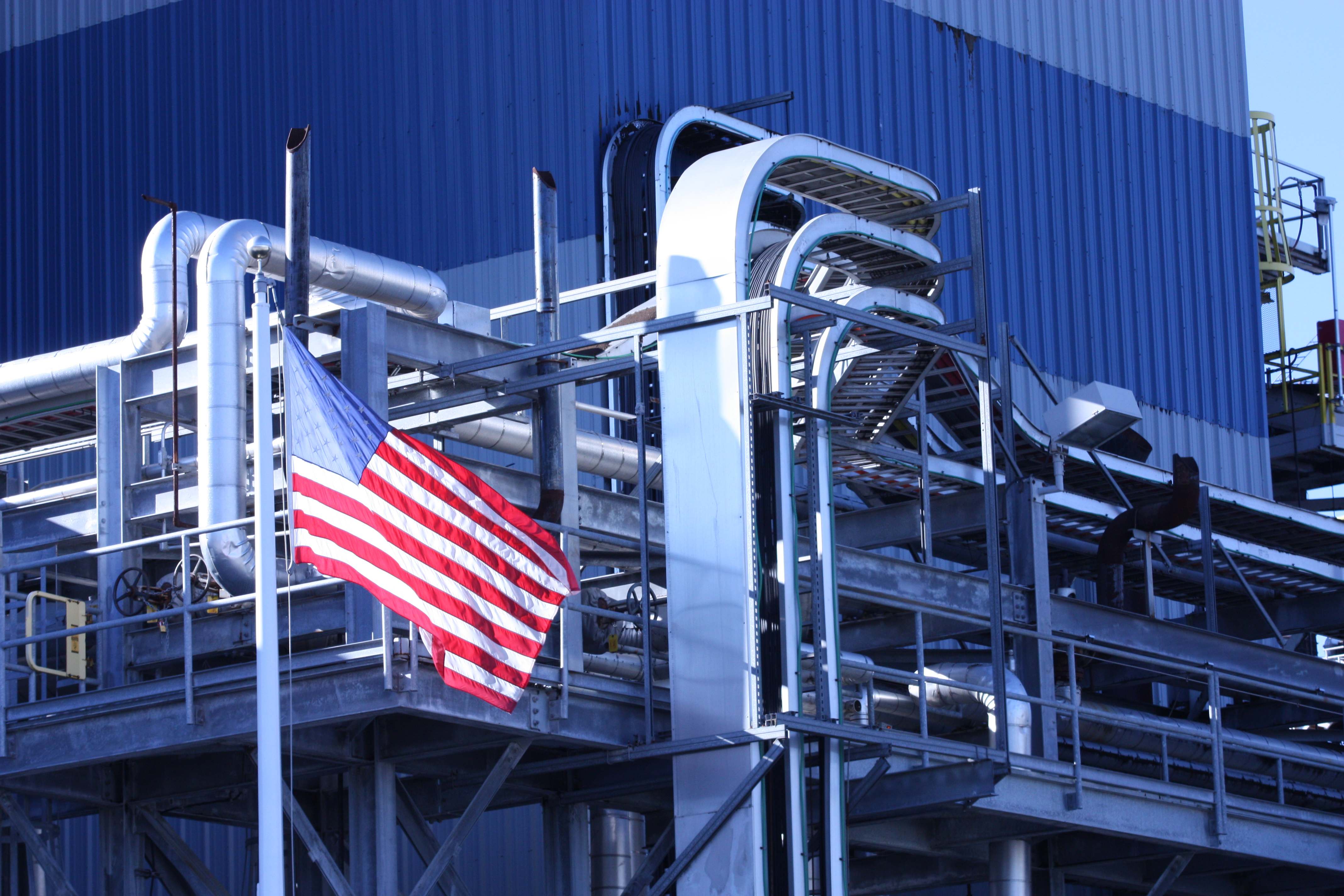In addition, non-price concessions began to reappear.
Steel companies began warehousing steel that buyers ordered
but did not want delivered immediately. Delivery times for
orders were cut where desired by buyers. Mills, which had
dropped freight absorption, returned to the earlier policy
and buyers rece i ved higher qual i ty products.
After the experience of the previous boom, when the major
mills allocated steel to their regular'ëustomers, buyers
became very wary of accepting deals on steel from firms other'
than their regular suppliers.
Thus, in order to establish
good relations for the next boom, many buyers continued to
purchase from their regular suppl iers even when steel was
available from others at a discount.
The reports of the Steel Market Committee summarized some
of these 1975 developments.
February 1975:
Since the November report, the steel market
has changed from one of limited availability, to
one in which most products are, or will soon be,
readily available, and from a periOd when price
was relatively unimportant to one in which price
competition is beginning to work again. . . .
Our prices are still the lowest in the world.
May 1975:
Steel buyers have good memories. With
few exceptions they are continuing to buy their
reduced requirements on a proportionate basis
from those suppliers who took care of their
needs during the past several years. . . .
There is a very strong feeling in the
committee that we have turned the corner to a
buyers' market a~d free competitive pricing is
-194-
directly and indirectly affecting the multi-tier
pricing structure. Multi-tier pricing accommodat ions under compet it ive pressures have now spread
to a wide variety of products r,l with the degree
of adjustment contingent on demand and availabil i ty. . . .
Steel buyers. . .will no longer accept
some of the poor qua 1 i ty and high handed trea tment they have had to accept in the past two
years.
August 1975:
Our members report only a minor interest
in foreign steel this year as compåre'd'to 60
percent last year. It is felt that to generate
a genuine interest for imports, the pricing
advantage would have to be in the range of 15
percent under domestic prices.
November 1975:
We have a dramatic change in the market
from premium prices (of foreign steel) early
in the year to discounts in the fourth
quarter. .. rPlrices vary allover
the ball park depending on product and
location. 52/
In addition to sub rosa price cutting, another favorite
method of responding to fluctuating demand is to offer items
without charge during a contraction, and charge for them during
a boom. These items include: absorbing freight systematically
(i.e., establishing the f.o.b. mill price as the delivered
price); charging less than actual costs for "extras;" ware-
,
housing or holding inventories without charge; raising the
52/ "The Steel Market," Bulletin of the National Association
Of purchasing Management," Feb. 1975, p. 5; May 1975, p. 7;
Aug. 1975, p. 6; Nov. :1975, p. 7.
I
-195
-
quality of the product (e.g., selling Class A sheet for Class
B prices); and giving discounts for cash payments. 53/
The above, mentioned by the trade press, provid~ examples
of these non-pr ice adj ustmen ts to demand. Mor eover, the
investigation by the Council on Wage aDd Pr iCE Stability
supports this study's conclusions regarding the cyclical
response of steel mills to freight absorption, warehousing,
varying product qual i-ty and the pr icing'.of'"extras" and surcharges (5, p. 42). The Council's report (5) estimated the
price quival~nce of some of these non-price discounts during
the 1974 boom. The elimination of freight absorption was
estimated at 2.5 percent, cash discounts were reduced from 2
percent to 0.5 percent, increased storage and interest charges
due to the reduction of warehousing were valued at 2 percent
to 2.5 percent.
In addition, table 4.8 shows data on steel industry yields.
Lower product qual i ty was a factor con tr ibut ing to the high
industry yields dur ing the boom years of 1973 and 1974.
Industry yield decreased in 1975 and 1976.
Thus, list pr ices, as reflected by the Bureau of Labor
Sta t ist ics data, move in a steady non-decreas ing manner.
The Stigler-Kindahl data reveal that pr ior to 1960 transactions prices moved in a manner similar to the BLS prices.

